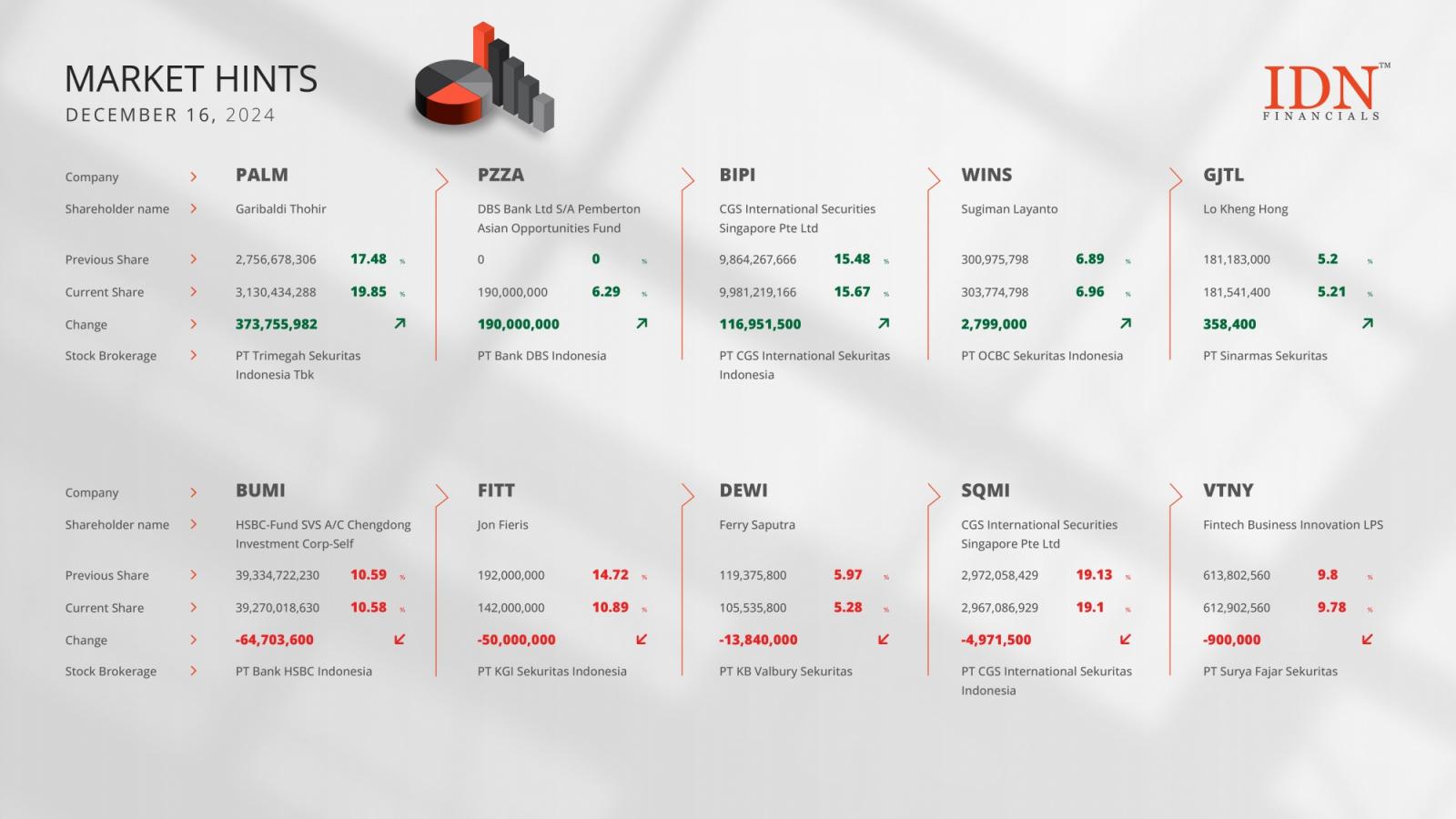
The South Korea stock market has tracked lower in two straight sessions, slumping more than 40 points or 1.4 percent along the way. The KOSPI now sits just beneath the 2,825-point plateau and it\'s expected to open under water again on Friday.
The global forecast for the Asian markets is weak, with continued selling pressure expected among technology and semiconductor stocks. The European and U.S. markets were mostly down and the Asian markets figure to follow suit.
The KOSPI finished modestly lower on Thursday following losses from the chemical and automobile companies, while the financials and technology stocks were mixed.
For the day, the index lost 18.67 points or 0.67 percent to finish at 2,824.35. Volume was 632.9 million shares worth 15.1 trillion won. There were 602 decliners and 275 gainers.
Among the actives, Shinhan Financial advanced 0.93 percent, while KB Financial collected 0.36 percent, Hana Financial fell 0.32 percent, Samsung Electronics added 0.23 percent, Samsung SDI slid 0.28 percent, LG Electronics slumped 1.07 percent, SK Hynix plunged 3.63 percent, Naver improved 0.87 percent, LG Chem shed 0.60 percent, Lotte Chemical retreated 1.48 percent, S-Oil gained 0.59 percent, SK Innovation surrendered 3.17 percent, POSCO rose 0.27 percent, SK Telecom jumped 1.89 percent, KEPCO perked 0.15 percent, Hyundai Mobis tumbled 2.18 percent, Hyundai Motor stumbled 2.98 percent and Kia Motors dropped 0.91 percent.
The lead from Wall Street is poor as the major averages opened slightly higher on Thursday but quickly headed south and stayed deep in the red for the remainder of the session.
The Dow plunged 533.06 points or 1.29 percent to finish at 40,665.02, while the NASDAQ lost 125.70 points or 0.70 percent to end at 17,871.22 and the S&P 500 sank 43.68 points or 0.78 percent to close at 5,544.59.
The weakness on Wall Street partly reflected concerns about the near-term outlook for the markets following Wednesday\'s tech sell-off following reports that the Biden\'s administration is considering tougher trade rules against companies in its chip crackdown on China.
In U.S. economic news, the Labor Department released a report showing first-time claims for U.S. unemployment benefits climbed more than expected last week.
The Federal Reserve Bank of Philadelphia said that growth by regional manufacturing was more widespread in July. Also, the Conference Board noted a modest decrease by its reading on leading U.S. economic indicators in June.
Oil futures eased slightly on Thursday concerns about the outlook for oil demand from China, while the dollar\'s recovery weighed as well on prices. West Texas Intermediate Crude oil futures for August ended down $0.03 at $82.82 a barrel.





